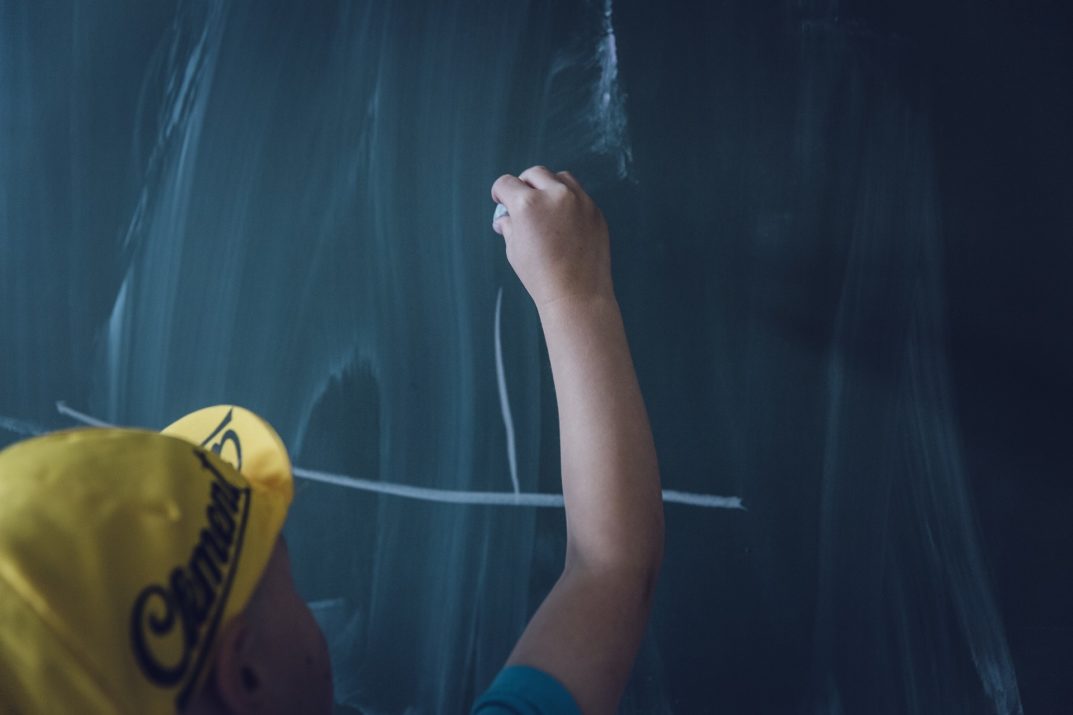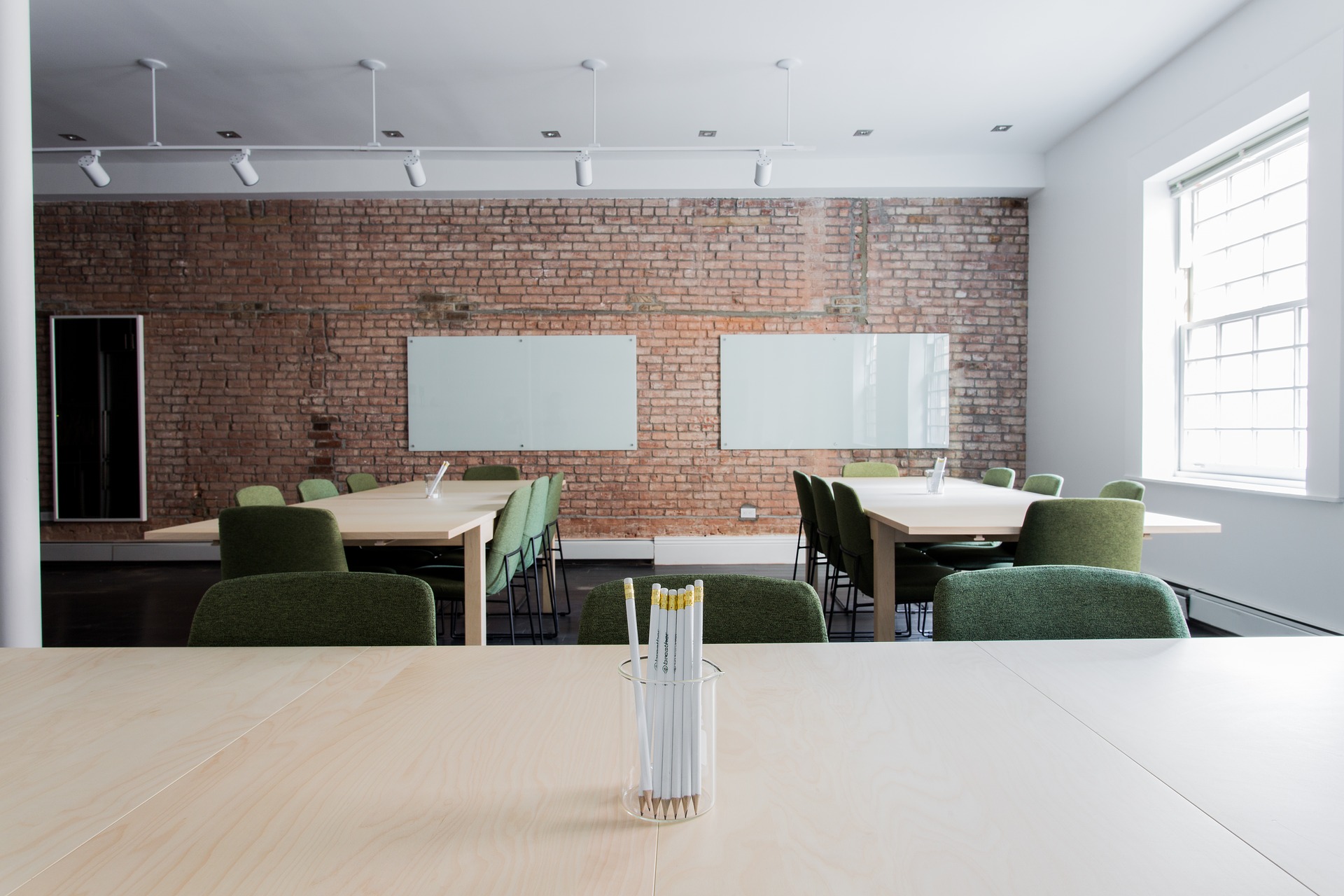
Accommodating special needs students requires additional time and energy, but this extra effort is worth it. In a survey on special needs teachers, PhD in Special Education says that most teachers agree: The rewards of being a special educator far outweigh the challenges.
Sometimes, though, even the most seasoned teachers need a little help and inspiration. To help your special needs students reach their full potential, here’s how to connect with them in meaningful and productive ways.
Learn Your Students’ Strengths
Special education teacher and author Thomas Armstrong who studies classroom neurodiversity and says it’s important to learn each student’s strengths.
He explains how one music teacher struggled with a first grade student who had Asperger’s syndrome. He kept yelling “I hate music!”, so the teacher decided to sit down with him for a one-on-one to determine the cause of the problem. He learned that the student thought he was bad at music, so the teacher showed the student how to compose music with a computer program. Since the child loved computers, he experienced success quickly. He learned a new approach to music, garnered a new interest in the subject and stopped yelling out in class.
Reward Positive Behavior and Academic Success
To boost academic and behavioral performance in the classroom, many special needs students respond well to rewards.
New York-based special education teacher Michelle Lavarone says that she tackles classroom behavioral issues by awarding positive behavior with dojo points. Using a tool called ClassDojo, Lavarone can encourage her students positive behavior, whether it’s having a good work ethic or being kind to classmates.
To ensure students know what positive behavior looks like, try posting classroom rules in an accessible area of the classroom. BrainParade writes that teachers should also review these rules with students regularly. Reading the rules out loud and discussing them makes it easier for students to understand their importance. Another idea is to have the entire classroom work together at creating the rules.

Crafting Strength-Based Lessons
Having special needs students sometimes requires you to adapt lesson plans. Knowing how and when to make these changes will ensure that all students continue learning without disruption. Learning resource platform TeacherVision has helpful printables and worksheets for planning and managing a classroom with special needs students. If you’re not sure how to adapt lessons to meet the needs of your students, this resource is a great place to start.
Many teachers also rely on tools and software programs to accommodate students with special needs. If a student has strong oral communication skills but is struggling with writing, for example, you might introduce them to a speech translating tool. Software like Dragon Speech Recognition is often used by teachers of special needs students to help students record their thoughts and ideas.
As you craft lessons based on a student’s strengths, it’s also important to keep things interesting and relevant. Will Erstad at Rasmussen College writes that embracing fun can be beneficial for both teacher and student. Some special needs students are afraid of failure or feel self-conscious around their peers. Keeping lessons lighthearted can help students enjoy a more positive learning experience.
Establish a Routine
All students, even those who learn traditionally, benefit from structure and predictability at school. Gabrielle Dixon, special education teacher and creator of the blog Teaching Special Thinkers, offers a few tips for establishing a routine in the classroom.
For younger students, she suggests focusing on the same book for a week. This allows time to explore themes and lessons and establishes a level of consistency that students can get comfortable with. Dixon also incorporates that book’s theme with related decorations throughout the classroom for that week, which gets students excited about the material.
Special education teacher Brie of Breezy Special Ed also believes in the importance of routine. She emphasizes her classroom’s morning routine, and how consistent experiences in the morning help students start off on the right foot.
This routine involves each student completing their classroom job as assigned. She also gives out a daily question journal, where students prepare a one-sentence answer to a prompt about themselves and how they feel. Then, Brie follows up with a daily morning meeting where students take turns explaining their morning jobs in front of the class. This pattern helps encourage independence and gives students a chance to practice responsibility.
Stay Organized
Another aspect of creating a comfortable and predictable classroom environment is keeping things organized. Teachers who incorporate structure into the classroom, like where books are kept or how desks are arranged, are much more likely to succeed.
Eric Gill at education network HotChalk writes that special needs students often become confused or frustrated when things aren’t where they expect them to be. Keeping all supplies and daily essentials in the same place can reduce anxiety. If you do need to switch things up, be sure to tell students ahead of time so they know what’s coming. Give them time to think about the change and ask questions, so they feel more prepared when it happens.

Consider Emotional Needs
Teachers with special needs students should take extra care to consider the emotional needs of children in the classroom.
James Stanfield Co., a special education publishing company, says that the focus in recent years on SEL (social and emotional learning) not only teaches kids how to express emotions, but allows teachers to better connect with their students. This connection in turn sees less emotional and behavioral problems in the classroom. Since students need to feel happy and comfortable in order to learn, teaching emotional management skills can help special needs students reach their full potential.
Record Student Needs and Successes
To remember each student’s unique learning needs, Elizabeth Stein at MiddleWeb recommends making charts for each student. These can outline a student’s preferences, strengths and needs, which can help when planning lessons and are extremely useful for a substitute teacher when you’re out of the classroom.
Over the course of the year, you can track how the student progresses and see where they might need extra help. By focusing on the individual needs of a student, rather than seeing them as part of a group, you’ll be able to help them understand lessons and build skills more quickly. The Learning Disabilities Association of America calls this approach an intervention strategy, and says it can produce noticeable outcomes for students who are struggling.
Use on Hands-on Learning
STEM teaching methods are gaining popularity in classrooms across the country. Thanks to the active, hands-on nature of STEM activities, they’re also great for special needs kids.
Science teacher Anne Jolly cites one study’s finding that “34% of kids with autism spectrum disorders gravitate to courses and careers involving science, technology, engineering and math.” To help encourage futures in areas, Jolly suggests creating opportunities for purposeful physical movement. Getting kids out of their chairs and working with their hands keeps them engaged and interested.
STEM teaching can also help students make real world connections. Lynn Dominguez and Mary Lou Schilling at Green Teacher explain that when they had the opportunity to teach a special needs class about environmental science, they focused on creating hands-on lessons and discovery techniques that took place outside. This exposed students to an outdoor setting while helping them realize the environmental impact of their daily decisions.
Images by: Markus Spiske, Pexels, Theo Hengelmolen


What do you think?